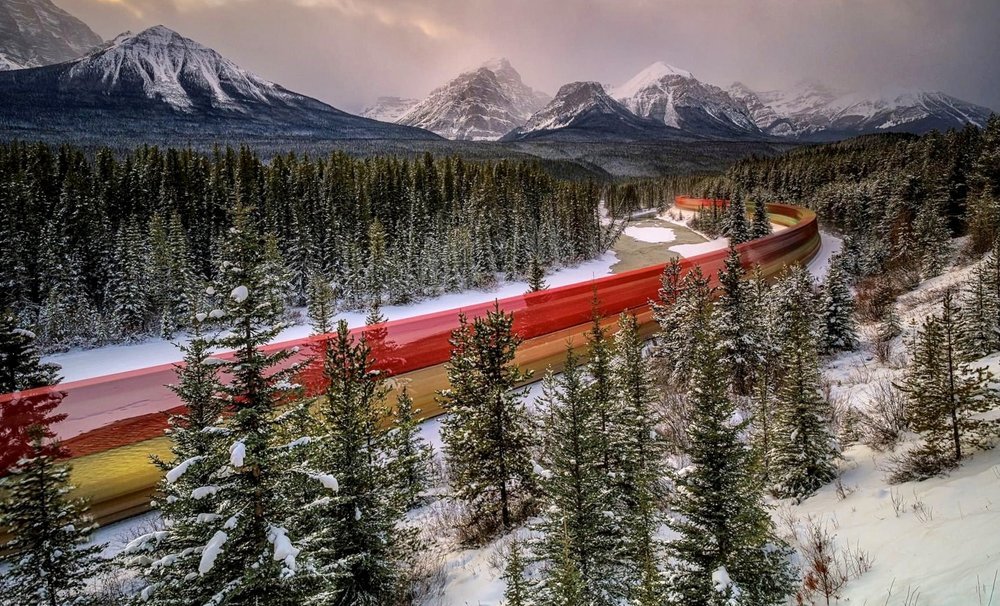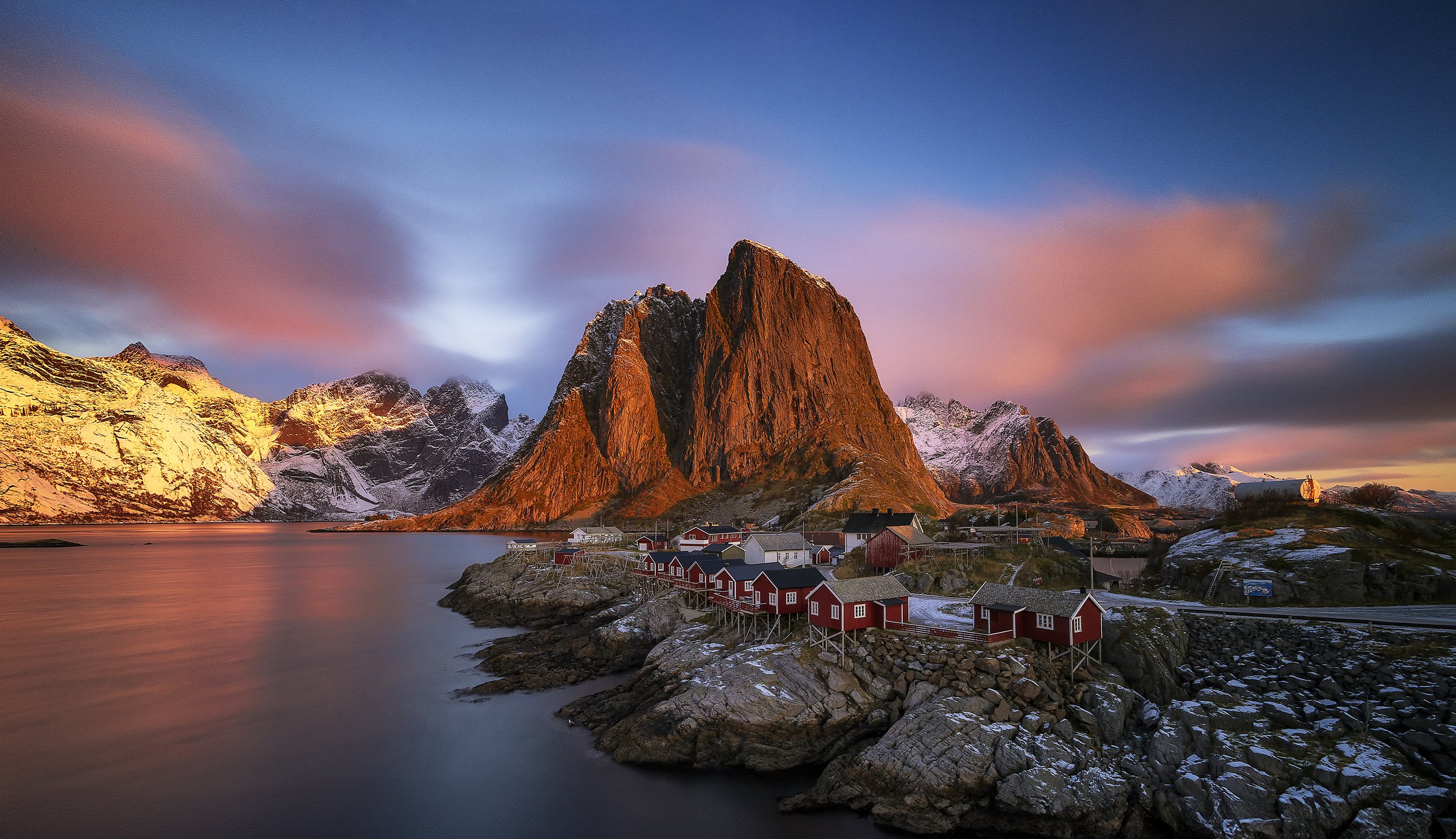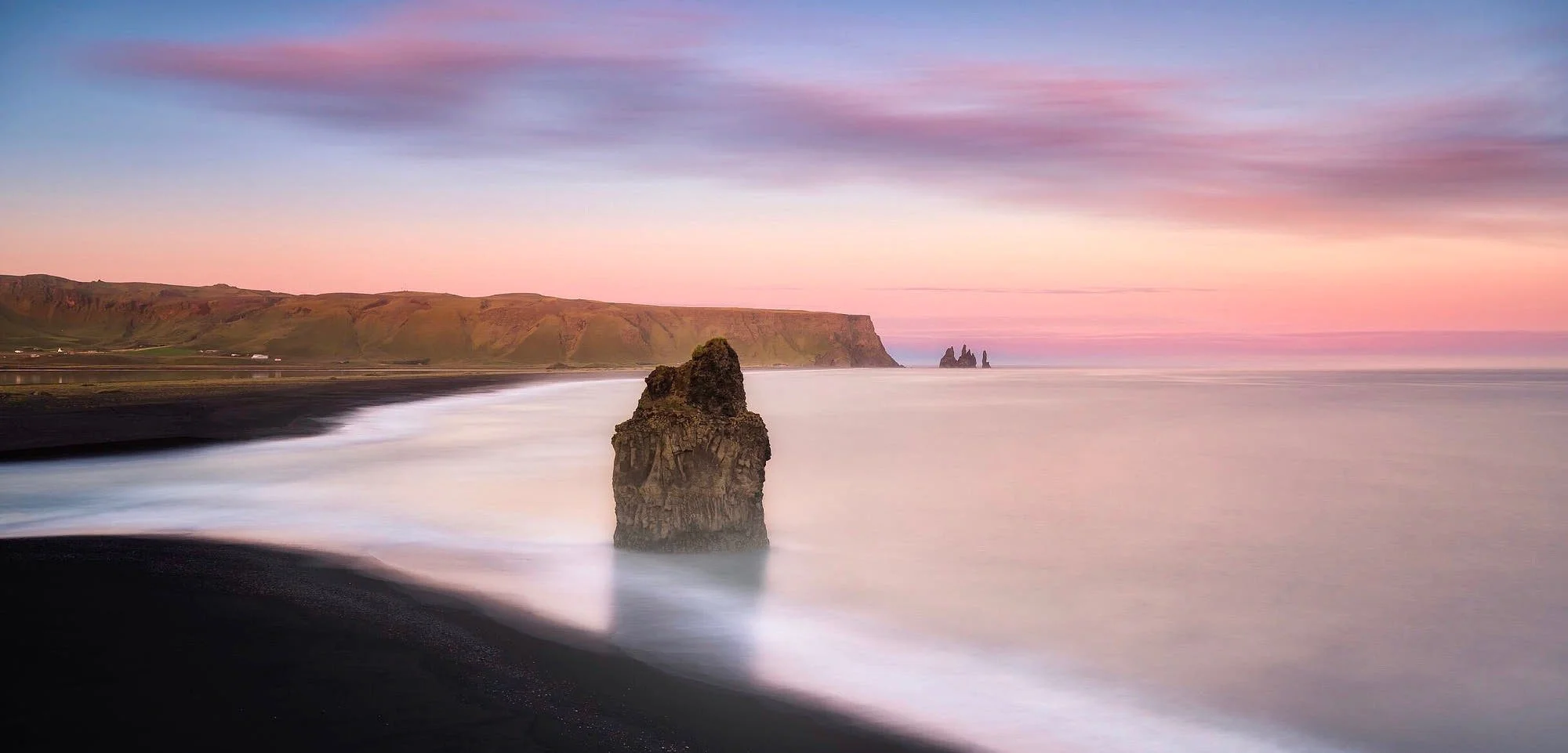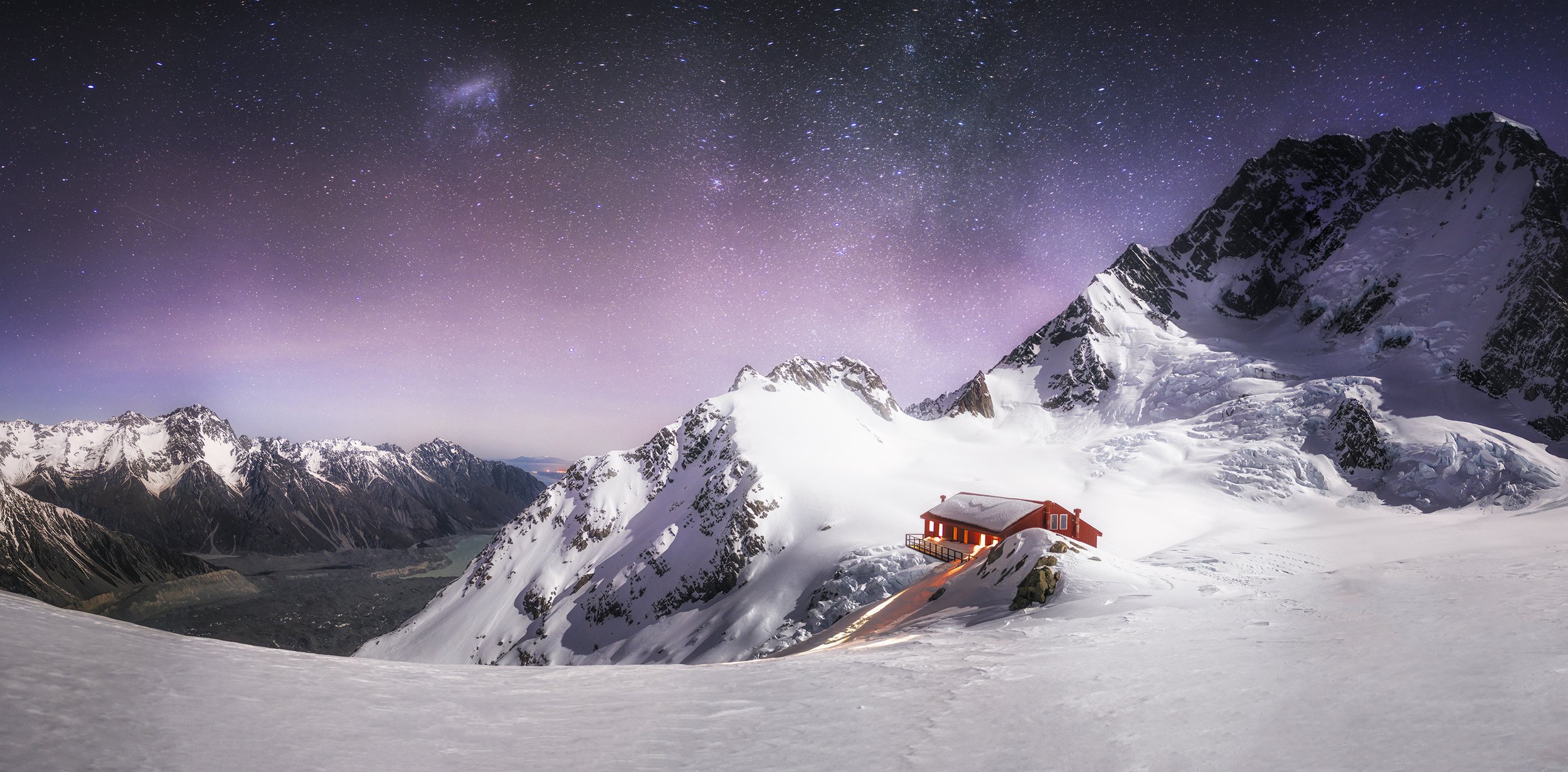Mastering Long Exposure Landscape Photography: Essential Gear and Top Tips
Long exposure landscape photography can transform ordinary scenes into ethereal works of art. The process requires patience, careful planning, and the right equipment. With a bit of practice, you'll be able to capture stunning images that convey the passage of time in a single frame. Below, I’ll walk you through the essential gear you need and share my top six tips for getting the most out of your long exposure shots.
Essential Gear for Long Exposure Photography
Sturdy Tripod: A solid, reliable tripod is your best friend in long exposure photography. Since you'll be working with extended shutter speeds, any slight movement can result in a blurry image. A tripod that can stay stable, even in windy conditions, is crucial.
Camera with Manual Mode: You'll need a camera that allows you to adjust the shutter speed, aperture, and ISO manually. This control is necessary for achieving the desired exposure and effect.
Neutral Density (ND) Filters: ND filters reduce the amount of light entering your lens, allowing for longer exposure times even in bright conditions. They are essential for achieving that smooth, flowing look in water and cloud movement.
Remote Shutter Release: Pressing the shutter button manually can introduce vibrations. A remote shutter release, or using your camera’s self-timer, helps eliminate this risk.
Cleaning Kit: Dust and smudges on your lens or filters can ruin your shots, especially when shooting towards the sun or with long exposures. Keep a cleaning kit handy to ensure your gear is spotless.
Top 6 Tips for Long Exposure Landscape Photography
Stabilize Your Tripod
Keeping your tripod low to the ground can help eliminate any shake or movement caused by wind. Additionally, hanging your camera bag from the center hook of the tripod adds weight, increasing stability. If you're shooting in water, allow your tripod to settle into the sand or mud before you start shooting to prevent it from shifting during the exposure.Check Your Filters
Clean filters are essential for sharp, high-quality images. Ensure that your filters are free of dust and fingerprints, and that they are inserted correctly. Double-check your gear and settings before shooting; it’s easy to overlook something when you’re in the field.Use Your Body as a Shield
When shooting in direct sunlight or windy conditions, your body can serve as an effective shield. Position yourself to block sunlight from hitting your lens directly, which can cause flare. Similarly, use your body to shield the camera from gusts of wind that might shake it during long exposures.Visualize the Scene
Before adjusting any camera settings, take a moment to visualize the scene you want to capture. This is the perfect time to take a few test shots with regular exposure to ensure your composition is spot on. There’s nothing more frustrating than waiting for a long exposure, only to find out the shot is boring or poorly composed.Shoot in RAW
Long exposure photography can be challenging, especially in the beginning. Shooting in RAW format gives you more flexibility to recover details in post-processing, particularly in overexposed areas. JPEGs, while convenient, contain less data and are more difficult to adjust if something goes wrong.Get Creative with Your Subjects
Long exposure photography offers endless creative possibilities. I’ve had the pleasure of capturing the freight train along Morants Curve, and with the right settings and timing, the results were out of this world. Consider experimenting with subjects like lenticular clouds, light trails, and the night sky. Each of these subjects offers a unique opportunity to create dramatic, otherworldly images.
Conclusion
Long exposure landscape photography is a rewarding pursuit that allows you to create images with a unique sense of motion and atmosphere. While it demands careful preparation and a keen eye for detail, the stunning results are well worth the effort. By investing in the right gear and applying these tips, you’ll be well on your way to capturing the serene beauty of the natural world in a way that few other techniques can achieve. The learning curve may be steep, but with persistence and creativity, you'll find endless opportunities to create captivating images that tell a story beyond what the eye can see. So, embrace the challenge, enjoy the process, and let your imagination guide you as you explore the world of long exposure photography.
Check out our Photoshop Courses!







